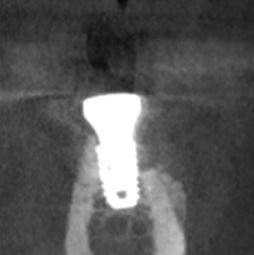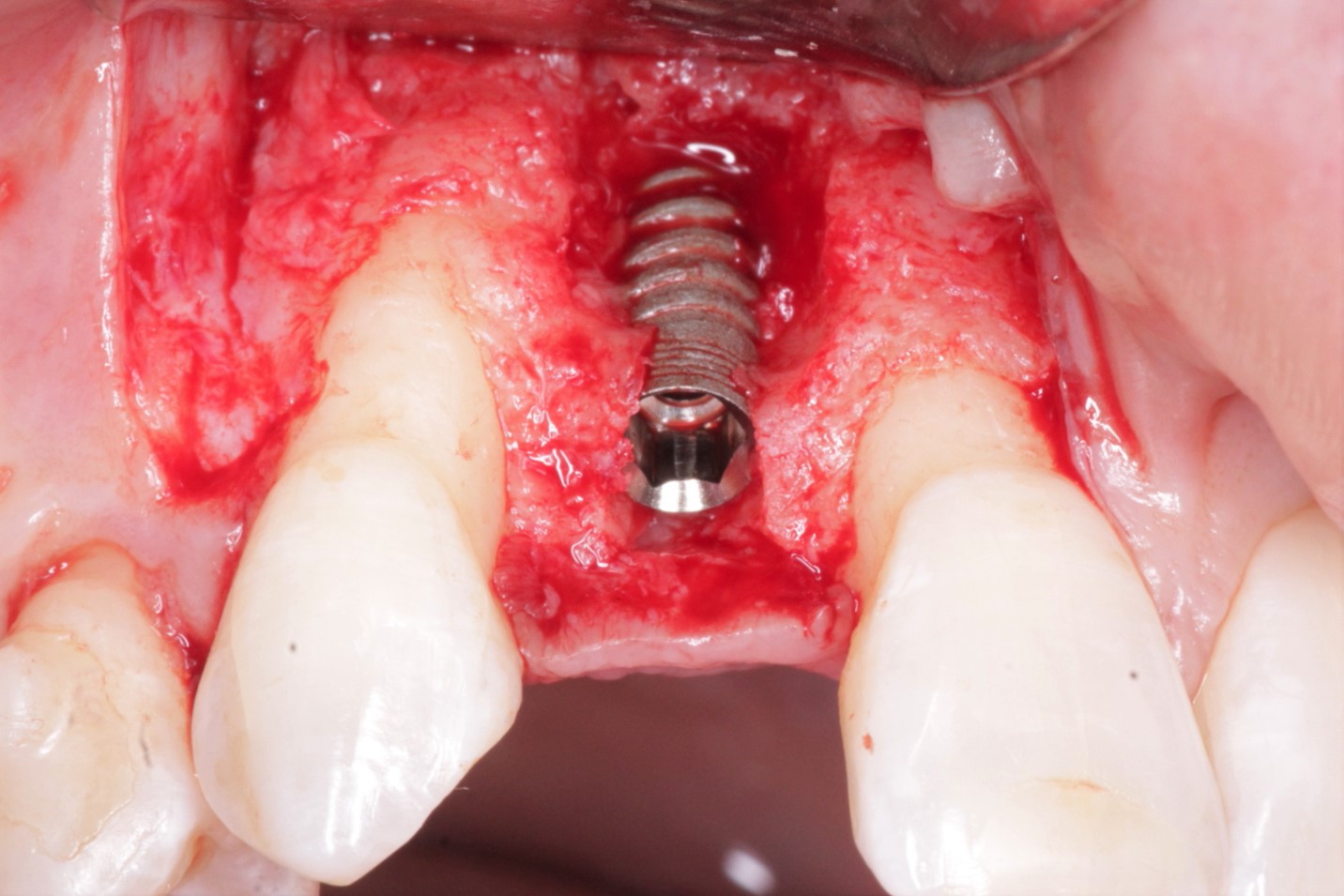What is the difference between all the types of allografts?
Considering that when it comes to allografts, one can buy cortical or cancellous chips or a mix of both or putty or whatever. But in general, besides the particle size, cancellous/cortical/or both and their consistency, how do the different products actually differ from each other? Is there all that much difference between one company’s brand and that of another company? Is cadaver bone essentially all the same regardless of who distributes it? Is cadaver bone = cadaver bone anywhere you get it from or does one company’s harvesting and preparation make its allograft more special over the other? In summary, if I am buying the same particle size of 50/50 MinerOss (BioHorizon) , how is it different from 50/50 of the same mix of allograft from other companies?

















